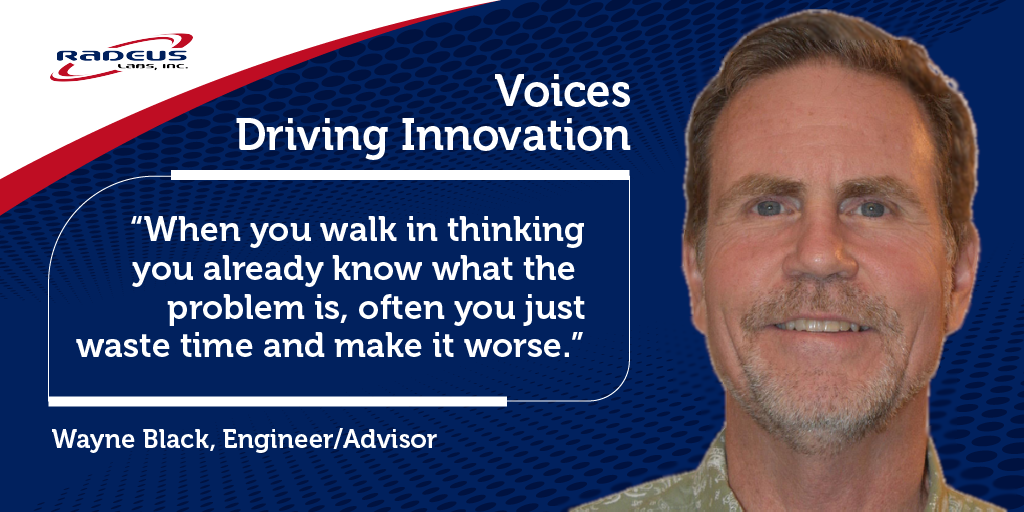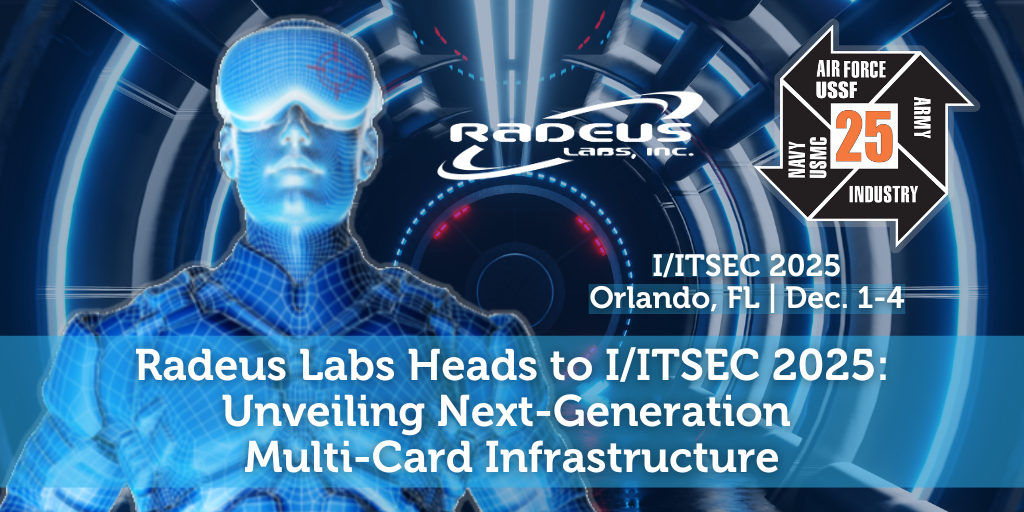Before your satellite antenna can track anything, it has to find and acquire the right signal—with factors like orbital drift, weather interference, and even minor miscalculations in positioning meaning the difference between a strong, stable connection and a frustrating search for a missing signal.
This is where Antenna Control Units (ACUs) do the heavy lifting. They don’t just move the antenna—they calculate look angles, scan for beacon signals, and refine positioning to lock onto the satellite with pinpoint accuracy. If your ACU is outdated or slow, that process can become a bottleneck, costing valuable time and signal reliability.
This article breaks down 4 ways ACUs acquire satellite signals, the challenges involved, and how modern upgrades can enhance accuracy, speed, and long-term performance.
1: Understanding the Satellite Look Angle
Every satellite in geostationary orbit has a fixed position relative to Earth, but from the perspective of a ground station, factors like latitude, longitude, and altitude affect how the satellite appears in the sky.
To ensure a smooth acquisition process, an ACU first calculates the look angle—the precise azimuth and elevation angles at which the antenna must be positioned to find the satellite.
How the ACT Determines Look Angels:
- The ACU references pre-programmed satellite position data (longitude and inclination).
- It factors in the ground station’s latitude, longitude, and altitude to determine the correct azimuth and elevation.
- The ACU then directs the antenna to move accordingly to its initial acquisition position.
Without precise location data, even a well-calibrated antenna could be pointing at the wrong section of the sky, leading to a failed acquisition attempt.
2: Beacon Frequency and Signal Strength Detection
Once the ACU positions the antenna at the expected look angle, it must confirm that it is pointed at the correct satellite. This is done by detecting and analyzing the satellite’s beacon frequency—a reference signal transmitted by the satellite to help ground stations locate it.
How the ACU Verifies the Correct Signal:
- It listens for the satellite’s unique beacon frequency (usually provided by the satellite operator).
- It measures signal strength to determine if the antenna is pointed correctly.
- If the signal strength is weak or absent, the ACU initiates a scan in small increments to improve positioning.
If the beacon signal isn’t detected, the ACU may attempt alternative frequency scans or adjust for atmospheric interference before moving on to tracking.
3: Initial Tracking Mode for Signal Optimization
Even when a satellite signal is detected, the work isn’t done. The ACU must ensure the antenna is locked onto the strongest point of the signal by making small adjustments in what’s known as initial tracking mode.
How the ACU carries out this process:
- Uses the steptrack algorithm to move the antenna slightly off-peak and then back toward the strongest signal.
- Ensures the signal is stable, rather than a temporary spike caused by interference.
- Refines the antenna position so that it stays locked on the optimal point before switching to active tracking mode.
Without this crucial step, the antenna might acquire the satellite at a suboptimal alignment, leading to degraded signal quality over time.
4: Overcoming Common Acquisition Challenges
While modern ACUs are designed for accuracy, external factors can still interfere with the acquisition process. Here are some of the biggest obstacles and how they’re mitigated:
1. Weak or No Signal Detected
-
- Potential Cause: Incorrect beacon frequency, faulty RF components, or obstructions in the line of sight.
- Solution: The ACU can initiate a broad-spectrum scan to identify alternate signals or adjust for atmospheric disturbances.
2. Incorrect Initial Positioning
-
- Potential Cause: GPS errors, incorrect site configuration, or antenna misalignment.
- Solution: Ensuring site settings (latitude, longitude, altitude) are correctly entered helps prevent false look angles.
3. Signal Interference or Atmospheric Disruptions
-
- Potential Cause: Rain fade, ionospheric interference, or other external factors.
- Solution: The ACU can adjust signal sensitivity thresholds or use steptrack to continuously refine positioning.
These challenges highlight the importance of ACU adaptability, allowing for real-time adjustments that ensure strong, uninterrupted connections.
Upgrade Your ACU for Faster, More Reliable Signal Acquisition
No matter how advanced your tracking system is, your antenna can’t track what it doesn’t acquire. The ability to quickly and accurately locate a satellite signal is the foundation of reliable satellite communications.
If you’re using an aging Vertex 7200 ACU, you may already be experiencing longer acquisition times, unstable signal locks, and outdated interfaces. As the manufacturer officially discontinued support in 2018, many ground stations are left with limited options.
That’s where Radeus Labs’ RL8200L ACU comes in.
✔ A drop-in replacement for 7200 ACUs—no major infrastructure overhauls required.
✔ Automated calibration for faster acquisition times and improved accuracy.
✔ Enhanced tracking algorithms for more stable, long-term satellite connectivity.
✔ And more!
Want to future-proof your ground station without the headaches of a full system overhaul?
📥 Download our guide, A Practical Upgrade for Aging Antenna Control Systems, to learn how the RL8200L ACU can enhance acquisition and tracking while seamlessly replacing outdated 7200 systems.





